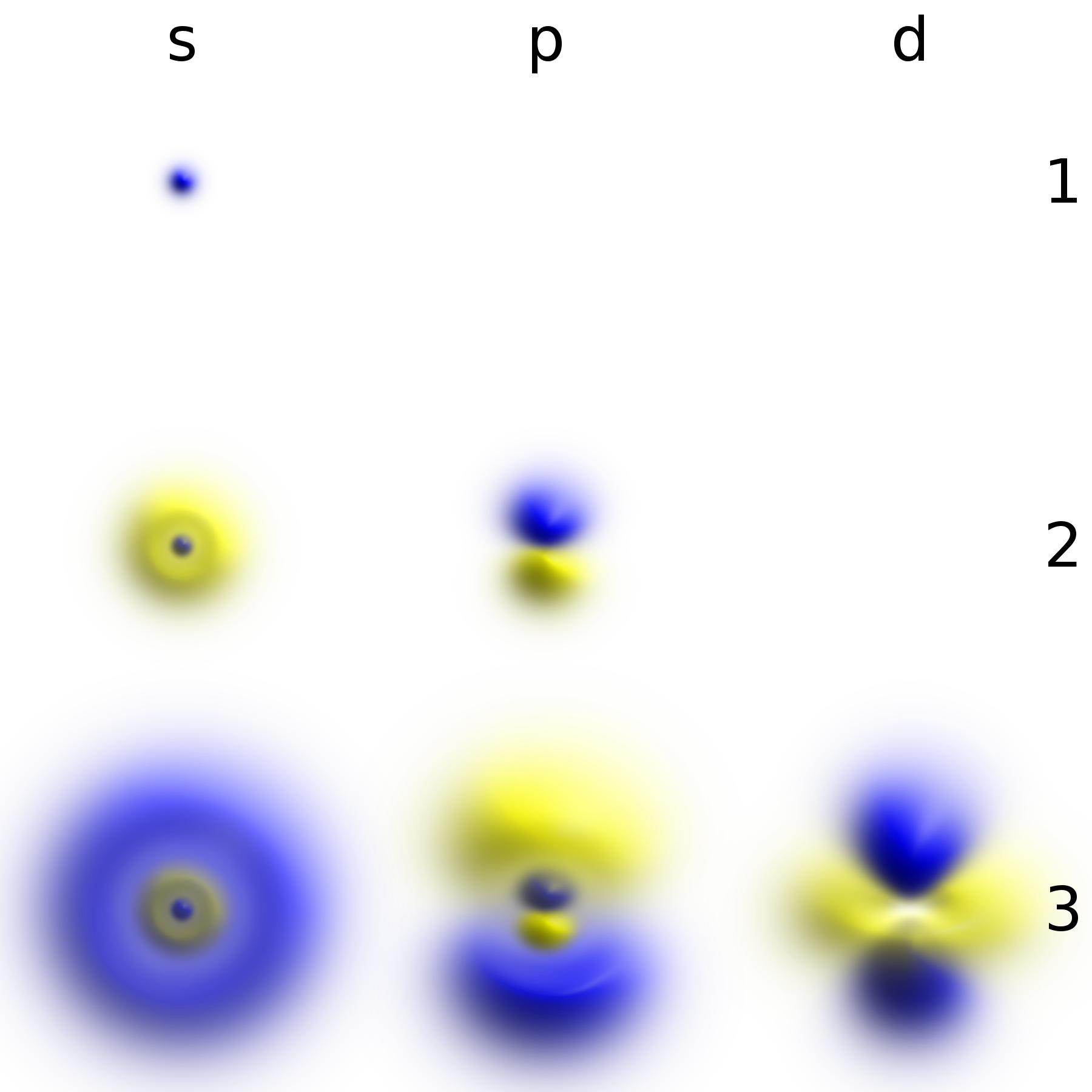Have you ever had to handle a jar lid that’s stuck? It can be tough to twist it off, even if you muster all your strength. A common way to make it a bit easier to open such a jar is to pour hot water over it; somehow it becomes just that much more loose. It isn’t magic, though; you’ve actually just demonstrated a material property called thermal expansion.
Materials are known to change their volume when exposed to higher or lower temperatures; most of them expand when heated, as heating a material imparts kinetic energy into its individual atoms, making them vibrate more and increasing the space between them as a result. (There are some select materials that do the opposite, and actually contract when heated, but these are often engineered and only happen within specific temperature ranges.) This predictable behavior gave thermal expansion its name, and is a crucial consideration for engineering applications.
A field that relies almost exclusively on its precision and near-exact measurements and tolerances must make sure the materials they use for a specific machine or component doesn’t suddenly increase its length or width when it gets a bit too hot, or else it ruins the balance between its individual parts. For this reason, engineers must take into consideration the expected operational temperature of a particular engineering work before determining which materials to use to make it. It just so happens that certain applications might have some of their work cut out for them, as a new study published in Chemistry of Materials revealed a newly-engineered material with a property they call zero thermal expansion (ZTE).
The material in question—a combination of scandium (Sc), aluminum (Al), tungsten (W), and oxygen (O), with a name called orthorhombic Sc1.5Al0.5W3O12 that’s a bit hard to roll off the tongue—shows a negligible change in volume over temperatures ranging from 4 to 1,400 K (-269 to 1126 °C, -452 to 2059 °F). Says the authors from the University of New South Wales (UNSW), this particular material isn’t the first to exhibit ZTE, but it appears to be the one who showcase it over the widest of temperature ranges, further increasing its potential repertoire of engineering applications.
The authors mention that they discovered the new material “by accident.” Said co-author and Associate Professor Neeraj Sharma, they were actually conducting research for battery-related engineering applications when they “fortuitously came across this singular property of this particular composition.” The exact mechanism behind the new material’s negligible volumetric changes with temperature have yet to be determined, but the authors suspect that a coordination between bond angles, bong lengths, and oxygen (O) atom positions are in play.
The new material promises tantalizing opportunities for engineering applications. Fields like aerospace engineering, which must take into account the rapid shifts in temperature as aircraft ascend or descend through the atmosphere, would much appreciate the mass production of materials like these. It could also be utilized by the medical field, as the miniscule changes in dimension might prove useful for devices in very tight spaces that might experience temperature shifts, like blood vessels and similar structures inside our bodies.
Sharma believes the next question is “which part’s acting at which temperature,” as well as reducing the costs of producing such a material. Scandium (Sc), in particular, is very expensive, so the UNSW team will next explore substituting it with cheaper elements while achieving a similar or the same effect.
Bibliography
- Blain, L. (2021, June 11). Extraordinary new material shows zero heat expansion from 4 to 1,400 K. New Atlas. Retrieved August 26, 2021, from https://newatlas.com/materials/thermally-stable-zte-advanced-material/
- Liu, J., Maynard-Casely, H. E., Brand, H. E., & Sharma, N. (2021). Sc1.5Al0.5W3O12 Exhibits Zero Thermal Expansion between 4 and 1400 K. Chemistry of Materials.











